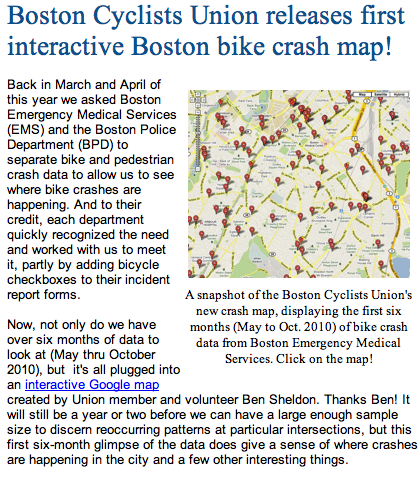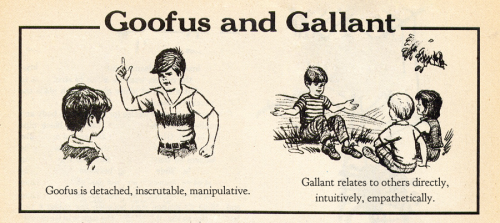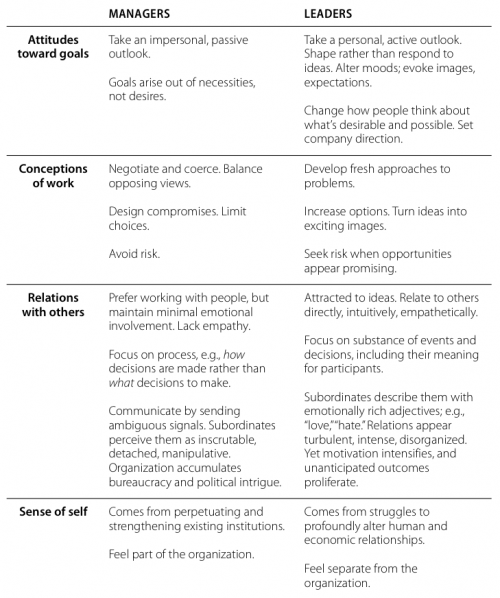The New York Times yesterday gave a breakdown of proposals to change how donors calculate donations in their taxes:
All three deficit reduction proposals from the blue ribbon panels would eliminate the deduction in its current form.
One of the panels, the National Commission on Fiscal Responsibility and Reform would give taxpayers a tax credit worth 12 percent of their donations — but only if they contributed 2 percent or more of their adjusted gross income to charity.
Another plan proposed by a panel of three liberal-leaning organizations — Demos, the Economic Policy Institute and the Century Foundation — is similar, suggesting a 25 percent tax credit for all charitable gifts.
The plan philanthropic experts find the most intriguing, however, comes from the Bipartisan Policy Center panel, which suggests borrowing a system of subsidizing nonprofits similar to the one used in Britain, called Gift Aid.
Under that proposal, nonprofits could claim a tax credit worth 15 percent of any charitable gift they received, effectively giving the donor a partial match. For instance, if a donor makes a charitable gift of $100 to a charity, the charity could apply to receive an additional $15 from the government.
I’m partial to this proposal from the Partnership for Philanthropic Planning (via Gift Hub):
For many years, PPP has suggested a conceptual alternative to the charitable deduction. PPP’s plan addresses the current goal of simplifying the tax code, while supporting a robust nonprofit sector that can compensate for reduced government services. Rather than a deduction from income, we propose that charitable contributions be treated as an adjustment from gross income. Since the donor never receives the benefit of income which is contributed to charity, the amount contributed should be considered unavailable for taxation at all. Far from the “tax expenditure” that the [National Commission on Fiscal Responsibility and Reform] suggests, allowing charitable contributions as adjustments to income would provide a fair and accessible incentive for charitable giving to all Americans.
And of course, don’t forget the background context of rising inequity, a lapsed estate tax, and the models of individually-determined giving versus democratically-determined (ostensibly) government grants and earmarks.





